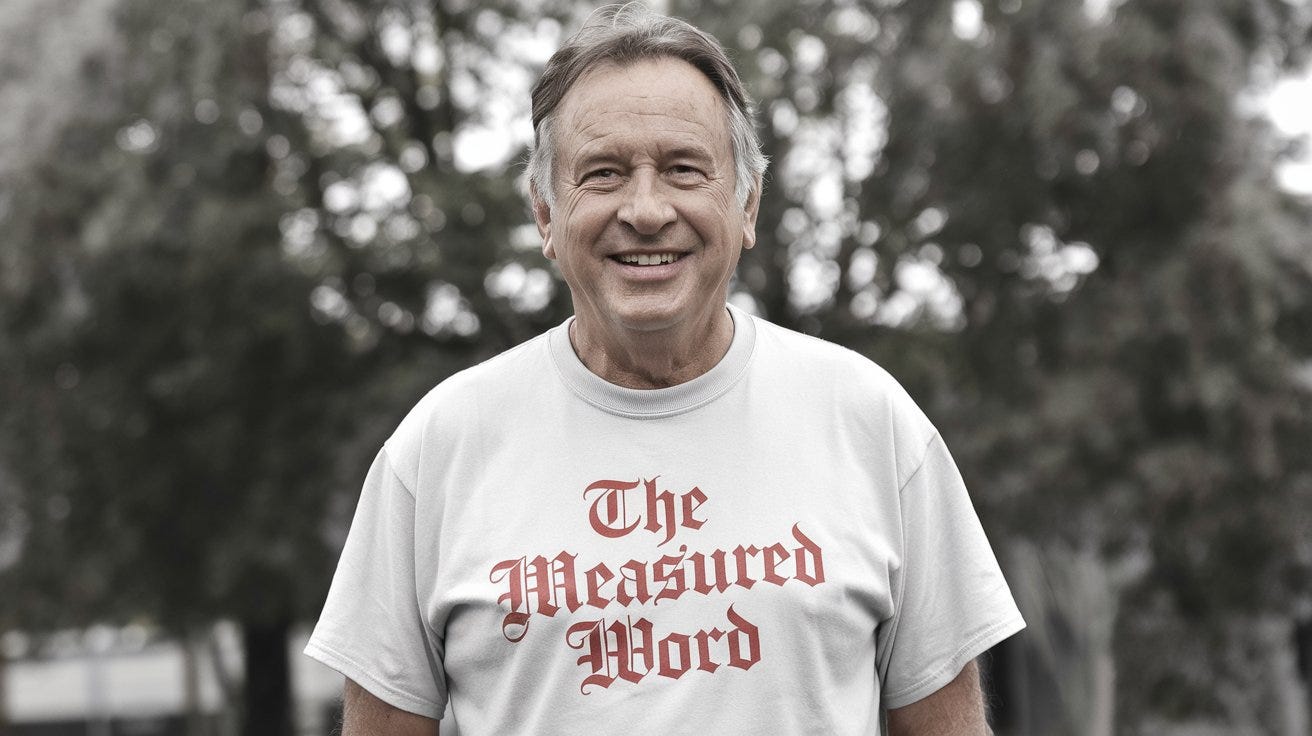The Substack Ouroboros
I’m writing a course about…...
I first became aware of Substack when my sister Amy called to tell me I needed one. "Everyone who writes has a Substack now," she explained, her voice carrying that particular tone she reserves for when I've fallen behind on something cultural. This is the same tone she used when informing me that people no longer used MapQuest, that my flip phone was embarrassing her children, and that "nobody says 'World Wide Web' anymore, Tom."
"What exactly is it?" I asked, already picturing something involving computers and the inevitable humiliation that would follow my attempts to use them.
"It's a newsletter platform. People subscribe, and you make money."
"So it's like a blog?" I asked, using a term I was certain had also fallen out of fashion, much like "cellular telephone" and "electronic mail."
Amy sighed. "Just look it up."
That evening, I found myself down a Substack rabbit hole that felt like stumbling into a multilevel marketing convention where everyone was selling slightly different versions of the same dream. The most successful writers, I discovered, weren't writing novels or even particularly interesting life stories. They were writing about how to write about how to write about writing on Substack.
It reminded me of my brief time in Paris, when I enrolled in a French language course taught by a woman named Monique who spoke only in hypothetical situations. "Imagine you are at the bank," she would say in French so rapid I could only catch every fifth word. "What would you say to the teller?" When I failed to respond correctly, she would throw her hands up and declare, "This is why Americans cannot learn languages!" I later discovered that Monique wasn't actually French but from New Jersey and had only spent a semester abroad in her twenties. Her real name was Monica.
The Substack ecosystem seemed to function similarly. People who had been writing for six months were offering courses on "How to Build Your Substack Empire." One particularly popular creator, a man whose author photo featured him thoughtfully touching his chin while looking at something profound off-camera, had built an entire career explaining how to monetize explaining how to monetize explanations of monetization.
His most popular post was titled "17 Ways to Create Numbered Lists That People Will Actually Read," followed closely by "5 Types of Courses You Can Create to Teach People How to Create Courses." I half-expected to find "3 Tips for Writing About Tips About Writing Tip Lists," but perhaps that was scheduled for next week.
My wife looked over my shoulder as I scrolled. "Is this some kind of pyramid scheme?" she asked.
"I think it's more like a snake eating its own tail," I replied. "An ouroboros of content."
"That would make a good Substack title," she said, wandering off to water the plants that I had promised to water three days earlier.
I noticed that many successful Substackers included personal anecdotes to seem relatable before launching into their advice. "Before I made $50,000 a month on Substack, I was just like you," one writer claimed, going on to describe a previous life of desperate poverty that somehow included a beach house in Malibu where she "did her best thinking." Another recommended starting each newsletter with a childhood memory that metaphorically connected to whatever business advice followed, regardless of how tenuous the connection.
This reminded me of my father, who believed any household lesson could be improved with an unrelated World War II reference. "You have to clean the lint trap after every dryer cycle," he'd say. "During the Battle of the Bulge, the soldiers who didn't maintain their equipment were the first to die." To this day, I cannot do laundry without briefly considering the Eastern Front.
I decided to try writing a sample Substack post. "7 Secrets to Writing Substack Headlines That Convert," I typed, though I had no idea what "convert" meant in this context. I followed with an anecdote about my fourth-grade teacher, Mrs. Donovan, who made us diagram sentences until our fingers cramped around our pencils. "Just as Mrs. Donovan understood the fundamental architecture of language," I wrote, "you too must understand the architecture of clickable content."
I stared at what I'd written. It was nonsense, but it seemed indistinguishable from what I'd been reading all afternoon. I could probably package this into a course called "The Kane Method: Authentic Storytelling for Digital Revenue." I could create worksheets, host webinars, offer one-on-one coaching calls for premium subscribers.
I closed my laptop. Outside, a neighbor was walking his dog, a small, nervous creature that wore a service animal vest despite flinching at every passing leaf. The man was talking loudly into his phone: "No, you don't actually need experience to teach the course. That's the beauty of it! You just need to stay one lesson ahead of your students."
I thought about my father again, how he'd be horrified by this new economy where people sell instructions for selling instructions. He worked for thirty years at a company that made actual things you could hold in your hands. When I was young and asked what he did all day, he said, "I move papers from one side of my desk to the other, and somehow airplanes get built."
At least with airplanes, you know if they work because they either stay in the sky or they don't. With Substack courses about creating Substack courses, the metric of success seems to be whether you can convince someone else to create a Substack course.
I never did start that Substack Course. Instead, I wrote this. If it works, maybe I'll offer a course on how to avoid writing courses. Lesson one: Close your laptop and walk away. There's a whole world of material out there that doesn't involve teaching anyone anything.




